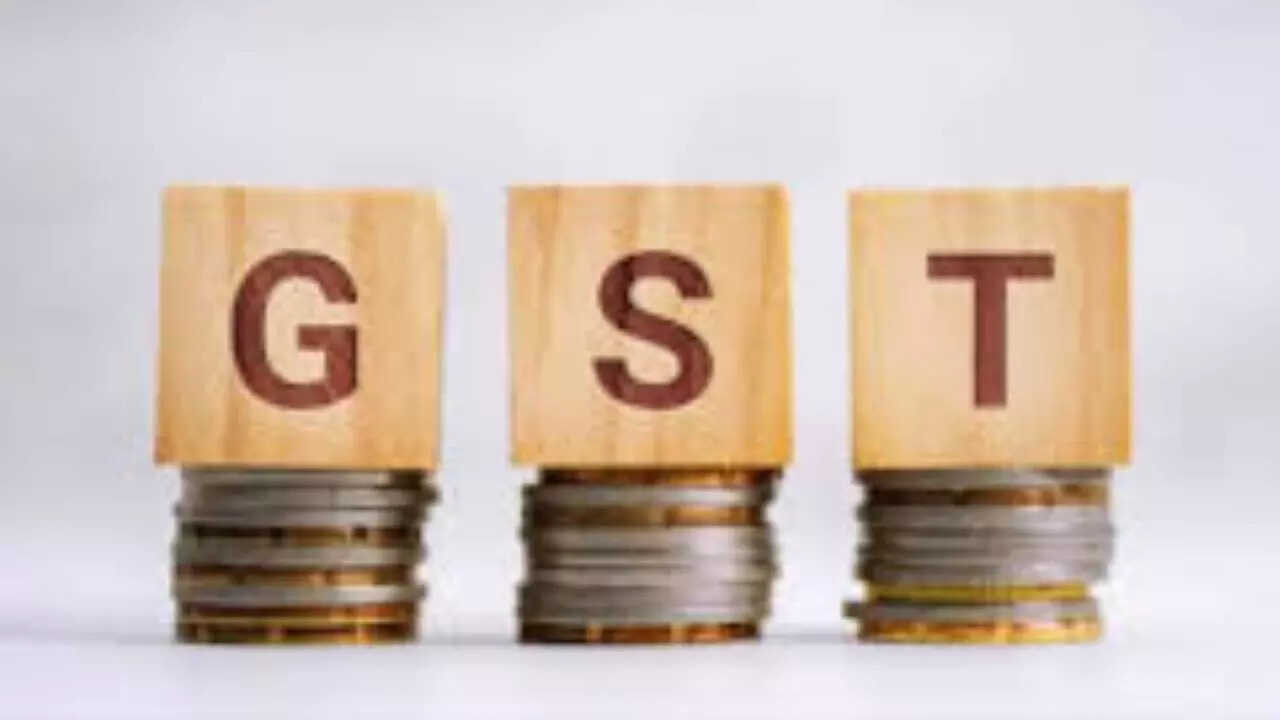OPEC+ members, including Saudi Arabia and Russia, are expected to agree on a 411,000 barrels per day production increase for August, continuing their strategy of gradually raising output. Despite potential shortfalls due to non-compliance from some nations, analysts anticipate minimal price impact.
OPEC+ Looks to Pump More: Are Market Share Wars Back?
For months, the narrative surrounding OPEC+ has been one of careful balancing acts, a high-wire performance aimed at keeping oil prices stable and preventing a global supply glut. Now, whispers are growing louder that the script might be changing. The Saudi-Russia led coalition is reportedly mulling another production increase for August, a move that suggests a potential shift in priorities. Are we on the cusp of witnessing a renewed battle for market share?
The current agreement, painstakingly negotiated and adhered to, involves voluntary production cuts designed to bolster prices in the face of fluctuating global demand. These cuts, spearheaded by Saudi Arabia and Russia, have undeniably had an impact, preventing a drastic price collapse. But beneath the surface, tensions have always simmered. Each barrel not pumped represents lost revenue, and the lure of gaining a larger slice of the global pie is a powerful incentive.
The potential August increase, if it materializes, wouldn’t necessarily signal an all-out free-for-all. It’s more likely to be a carefully calibrated adjustment, testing the waters to see how much additional supply the market can absorb without triggering a significant price drop. Several factors could be driving this strategic re-evaluation.
One key element is the evolving global economic landscape. While fears of a deep recession persist in some corners, other indicators point toward a more resilient global economy. Demand in Asia, particularly in China and India, continues to grow. This increased appetite for crude creates an opportunity for OPEC+ to gradually increase production without necessarily destabilizing the market.
Another consideration is the growing influence of non-OPEC+ producers. Countries like the United States, with its burgeoning shale oil production, have become increasingly significant players in the global energy market. By cautiously increasing output, OPEC+ might be aiming to proactively manage its market share in the face of this rising competition. They risk losing ground if they adhere too rigidly to cuts while others ramp up production.

But such a move is not without its risks. The global oil market is notoriously sensitive to even small changes in supply. Over the past couple of years, geopolitical instability, fluctuating demand, and shifts in production strategies have all contributed to price volatility. Pumping more oil into the system could easily tip the balance, sending prices tumbling.
The internal dynamics within OPEC+ also play a crucial role. While Saudi Arabia and Russia have generally presented a united front, other member states have different priorities and varying levels of economic dependence on oil revenues. Finding a consensus on how much to increase production, and how to allocate those increases amongst members, could prove to be a delicate and potentially divisive process.
The focus on oil market share also needs to be carefully weighed against the long-term interests of OPEC+ members. A short-term gain in market share achieved at the expense of significantly lower prices could ultimately prove counterproductive. The organization needs to balance its immediate revenue needs with the need to maintain a stable and sustainable market over the long term.
Furthermore, the rise of alternative energy sources cannot be ignored. As renewable energy technologies become more affordable and widely adopted, the long-term demand for fossil fuels is expected to decline. OPEC+ needs to consider how its production strategies will impact its position in a rapidly evolving energy landscape. Oversupplying the market and depressing prices could inadvertently accelerate the transition towards cleaner energy alternatives.
Ultimately, the decision on whether or not to increase production in August will be a complex one, influenced by a multitude of factors. It will require a careful assessment of global economic conditions, the actions of non-OPEC+ producers, internal dynamics within the organization, and the long-term implications for the energy market. A renewed focus on oil market share could bring new uncertainties into the picture. It will be crucial for market observers to closely monitor OPEC+’s actions and the resulting impact on global oil prices in the coming months.
A New Direction for OPEC+?
This potential shift in strategy raises important questions about the future direction of OPEC+. Will the pursuit of market share become the dominant driver of its decision-making, or will the organization continue to prioritize price stability? The answer will have significant implications for the global economy and the future of the energy market. You might also be interested in reading our related article on the future of fuel prices.







